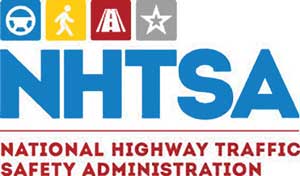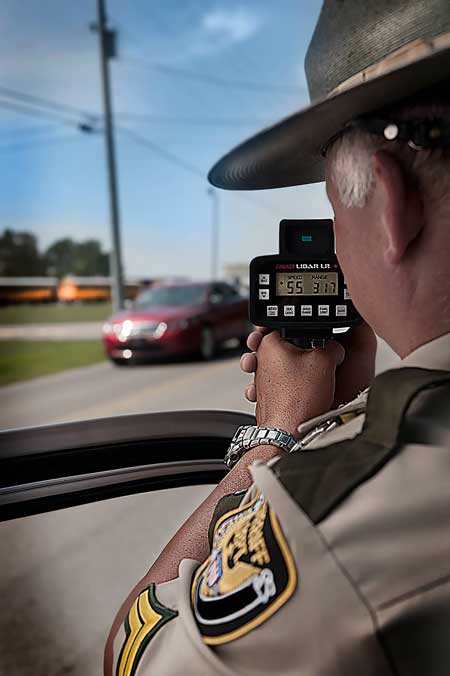

Speeding endangers everyone on the road; it killed 9,557 people in 2015. We all know the frustrations of modern life and juggling a busy schedule. But speed limits are there to protect you and others on the road.
Speed also affects your safety even when you’re driving the speed limit but too fast for road conditions, such as during bad weather, when a road is under repair, or in an area at night that isn’t well lit.
Speeding endangers not only the life of the speeder, but all of the people on the road around them. Law enforcement personnel as well. It is a problem we all need to help solve.
NHTSA provides guides and tool kits to help spread the message about safe driving, including tips on what you can do if you encounter an aggressive driver on the road.
For more than two decades, speeding has been involved in approximately one-third of all motor vehicle fatalities. In 2015, speeding was a contributing factor in 27 percent of all fatal crashes, and 9,557 lives were lost in speeding related crashes.
The consequences of speeding are far ranging:
Speeding is a type of aggressive driving behavior. Aggressive driving overall has several factors that have contributed to its rise.
Traffic congestion is one of the most frequently mentioned contributing factors to aggressive driving, such as speeding. Drivers may respond by using aggressive driving behaviors, including speeding, changing lanes frequently, or becoming angry at anyone who they believe impedes their progress.
Some people drive aggressively because they have too much to do and are "running late" for work, school, their next meeting, lesson, soccer game, or other appointment.
A motor vehicle insulates the driver from the world. Shielded from the hostile outside environment, a driver can develop a sense of detachment, as if an observer of the surroundings rather than a participant. This can lead to some people feeling less constrained in their behavior when they cannot be seen by others and/or when it is unlikely that they will ever again see the witnesses to their behavior.
Most motorists rarely drive aggressively, and some never at all. For others, episodes of aggressive driving are frequent, and for a small proportion of motorists it is their usual driving behavior. Occasional episodes of aggressive driving might occur in response to specific situations, such as speeding and changing lanes abruptly when late for an important appointment, when it is not the driver’s normal behavior.
If it seems that there are more cases of rude and outrageous behavior on the road now than in the past. The observation is correct, perhaps, for no other reason than that there are more drivers driving more miles on the same roads than ever before.